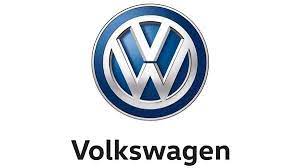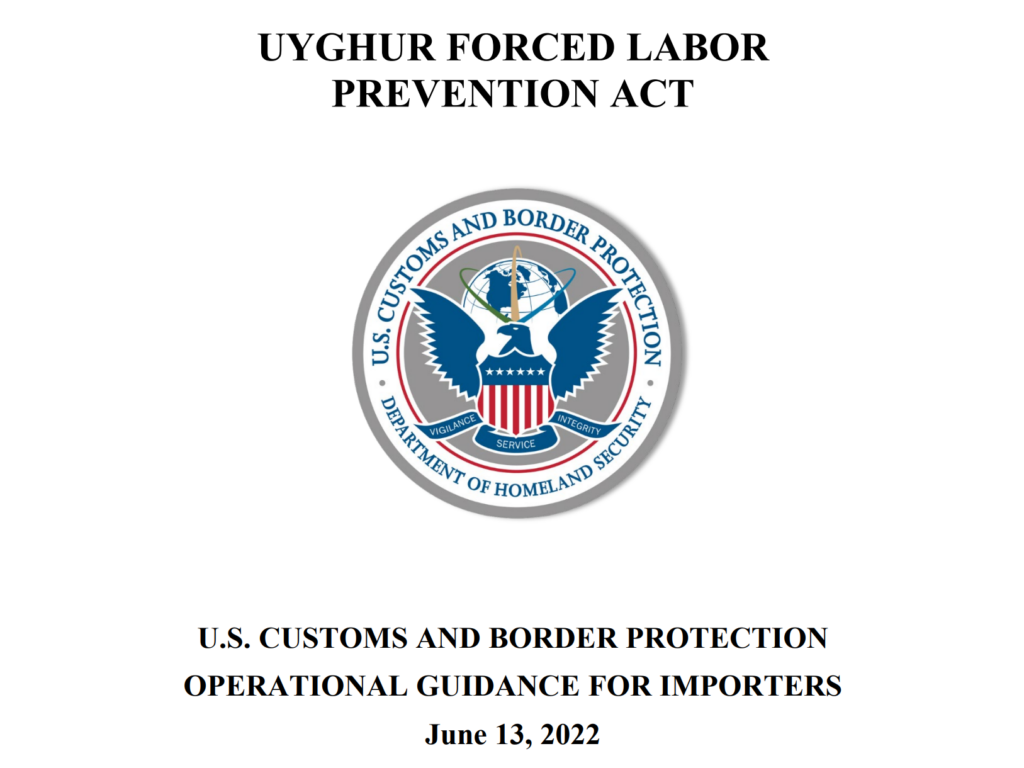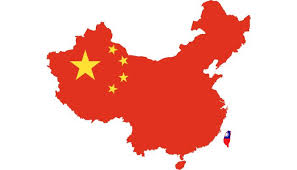UFLPA in Focus: Lessons to Be Learned from Volkswagen’s Recent Experience

News recently published by multiple media outlets suggest that certain subcomponents incorporated into a variety of Volkswagen-owned vehicles—including cars manufactured by luxe brands Porsche, Bentley and Audi—were sourced from an unspecified region in “western China” (“PRC”) presumed to be the Xinjiang Uyghur Autonomous Region (“XUAR”). According to these sources, Volkswagen itself was not aware of the origin of the part, which, according to the Financial Times, “was sourced by an indirect supplier further down its supply chain, until the supplier alerted it to the issue.” In response, Volkswagen appears to have taken immediate action to notify U.S. Customs and Border Protection (“CBP”)—the agency principally responsible for the administration of the ubiquitous Uyghur Forced Labor Prevention Act (“UFLPA”)—of the issue. Sources suggest that the unidentified subcomponent in question was installed in approximately “1,000 Porsche sports cars and SUVs, several hundred Bentleys, and several thousand Audi vehicles.”
The enforcement of the UFLPA remains a major priority of CBP, in line with the UFLPA Strategy (“Strategy”) promulgated by the statutorily created Forced Labor Enforcement Task Force (“FLETF”), of which the Department of Homeland Security (“DHS”) is the lead member. As the Strategy indicates, PRC-government documents notoriously publicized by the New York Times in 2019 firmly establish that forced labor is an integral component of the PRC’s systematic effort to repress, intern and indoctrinate ethnic minorities in the XUAR. According to the Strategy, satellite imagery has clearly demonstrated the accelerated development and progression of forced labor camps, where tens of thousands of individuals are forced to contribute to industrial-sponsored mining, production, and manufacturing efforts.

As mentioned during a recent podcast featured on our Corruption, Crime and Compliance blog, U.S. law prohibits the importation of any commodity from the PRC presumed to have been mined, manufactured or otherwise produced in reliance on forced labor, whether in whole or in part. The UFLPA itself creates a rebuttable statutory presumption that an importer of record (“IOR”) must overcome to demonstrate either that: (1) the commodity in question did not originate from the XUAR; or (2) that the commodity did originate from the PRC—including the XUAR—but is manifestly not the product of forced labor. To support its contentions, IORs are required by CBP’s Operational Guidance to provide a variety of documents demonstrating to the government—by clear and convincing evidence—that forced labor played no role in the production of the commodity being detained. While the process of submitting relevant documentation itself seems straightforward, the sheer level of detail required by the Operational Guidance should be a warning to industry sourcing any raw material or manufactured components from XUAR that a robust system of UFLPA compliance is required.
The principal deficiency in Volkswagen’s overall UFLPA compliance framework is failing to account for each and every actor involved in the production of its automobiles. Both the Strategy and Operational Guidance repeatedly emphasize the need for companies to engage in comprehensive “supply chain tracing”—an exercise requiring collaboration between multiple components of corporate entities to understand the source of each input that ultimately comprises the final product, and its origin. The Operational Guidance stresses that the obligation to appropriately “document” the supply chain from “raw materials to the imported good” is a prerequisite for satisfying the applicable presumption. To that end, IORs are encouraged to provide, among other things, (1) detailed descriptions of the supply chain as a whole, including imported merchandise and components thereof, at all stages of mining, production or manufacture; (2) the role of each and every entity in the supply chain, including shippers and exporters; (3) a comprehensive list of suppliers associated with each step of the production process, including names and contact information; and (4) affidavits from each company or entity involved in the production process attesting to the absence of forced labor. With respect to any items originating from the PRC, these measures should be supplemented—again according to the Operational Guidance—by “[c]redible audits to identify forced labor indicators and remediation [activities].” While complete details concerning the full nature of the Volkswagen infraction remain relatively obscure, it is clear that Volkswagen wholly failed to account for the activities of its indirect suppliers; entities that are every bit as relevant to the overall integration and production process as direct business partners. While the activities of indirect suppliers have not historically been the subject of regulator scrutiny, the evolution of human trafficking and forced labor as an integral ESG concerns over the course of the past several years has forced organizations to more closely monitor indirect suppliers for evidence of human rights abuses.
A new enforcement environment focused on human rights concerns demands a novel approach to supply chain due diligence overall. While initial due diligence—the collection and evaluation of basic supplier information—remains critical, more enhanced due diligence efforts are now required, especially where certain products and services originate from regions known to pose a moderate or high risk of forced labor. At a foundational level, an organization should employ robust contractual covenants, representations and warranties that bind its direct suppliers to “flow down” the requirements of the principal contract to any subcontractors, sub-suppliers, or other agents that the direct business partner intends to engage. Second, the reality is that the onus is squarely on the IOR to embark on an educational campaign with its direct suppliers and require that those suppliers similarly educate their own business partners on the scourge of modern slavery and the seriousness of U.S. laws that seek to end this diabolical practice. While the education of third parties may have been a luxury in the past, the Volkswagen example proves clearly that an ounce of prevention is worth a pound of cure. Assuming that Volkswagen did not have a formal third party education curriculum that covered compliance with key aspects of U.S. forced labor laws with its direct partners, it is safe to presume that its indirect suppliers remained ignorant with respect to those laws as well. A third party partner curriculum can be keyed to a Supplier Code of Conduct that every direct and indirect supplier should be bound to observe. Finally, it goes without saying that on the ground audits of moderate-and-high risk areas are critical when performed by professionals thoroughly familiar with CBP’s UFLPA requirements, and any violation of the covenants assented to by a direct or indirect supplier should be considered a substantive breach of the culpable party’s representations, and cause for immediate termination of the business relationship.

Of course, the far more attractive option is to cease operating in markets like the XUAR altogether. While operational considerations may prevent that from happening in the short term, corporate boards and senior leadership should be exploring alternatives to source components from geographic regions known to promote fair labor practices and provide equitable compensation to their labor force. This is especially true where a company sources only a few isolated components from regions with poor labor reputations and where the risk of detention and/or seizure clearly outweighs any pecuniary benefit. Shifts of this nature take considerable time, effort, and coordination, but the increasing rate at which commodities are being detained by CBP under forced labor suspicion should be ample cause for organizations to reconsider their strategies in this area. This is to say nothing of the organization’s responsibilities to its other business partners, whose delays—especially with respect to the supply of raw materials—contributes significantly to supply chain disruption and volatility downstream.
A basic tenet of economics is that where demand ceases, so too does supply. The enforcement of the XUAR restrictions is a step in the right direction of ensuring that foreign imports are mined and manufactured while respecting the inherent dignity of the human person, regardless of religious, racial, or ethnic status.
Alexander J. Cotoia is Regulatory Compliance Manager at The Volkov Law Group with extensive familiarity with the provisions of the UFLPA, customs law and and export controls. For a one-on-one conversation with Alexander concerning your organizations’s compliance program, please send an email to [email protected].















